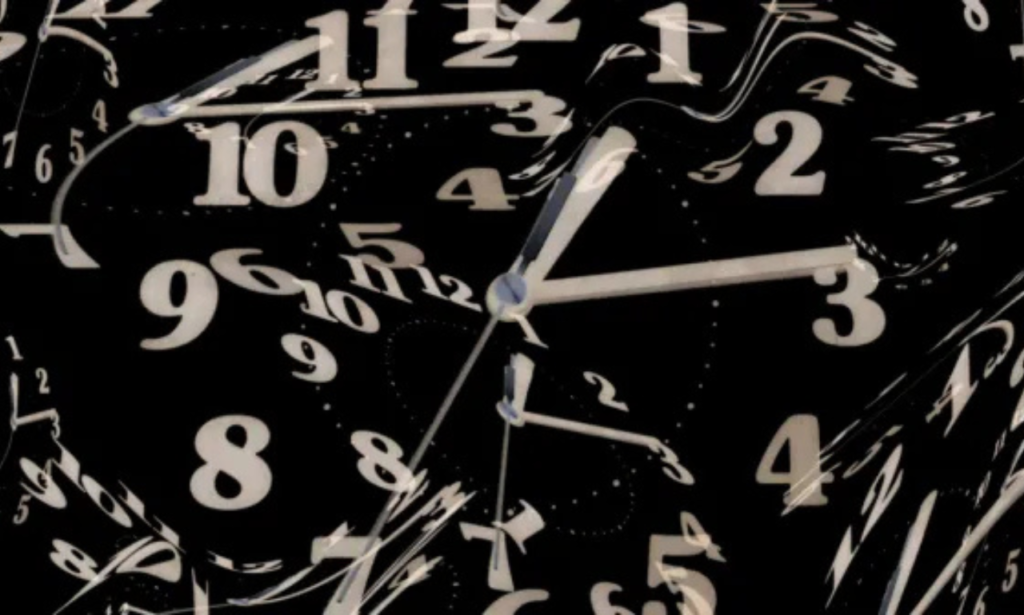Tachysensia is a rare and intriguing neurological phenomenon that causes individuals to perceive the world around them as if it is moving at an accelerated speed. This condition, sometimes described as a “fast-motion effect,” can be both disorienting and distressing. While it is not widely studied, many individuals have reported experiencing brief episodes of tachysensia, particularly during childhood or periods of stress.
In this comprehensive guide, we will delve into what tachysensia is, its possible causes, symptoms, and its connection to other medical conditions. We will also explore the available treatment options and ways to manage episodes effectively.
What Is Tachysensia?
Tachysensia is a term used to describe a phenomenon in which a person perceives time and motion as moving much faster than it actually is. This can make objects, people, or even personal movements appear to be in rapid motion, similar to watching a fast-forwarded video.
While tachysensia is not officially classified as a medical disorder, it is closely related to Alice in Wonderland Syndrome (AIWS), a condition that distorts perception of time, space, and body image. Individuals experiencing tachysensia often report feeling disconnected from reality, which can be unsettling.
Key Characteristics of Tachysensia
- Accelerated Perception of Motion – People experiencing tachysensia feel as though everything around them is moving at an unusually high speed.
- Altered Sense of Time – Time may seem to be passing much faster than it actually is.
- Sudden and Short-Lived Episodes – Episodes of tachysensia usually last only a few minutes, although they can vary in duration.
- Common in Childhood – Many people report experiencing tachysensia during childhood, particularly before the age of ten.
Possible Causes of Tachysensia
Although tachysensia is not yet fully understood, researchers have proposed several potential causes:
Neurological Factors
Since tachysensia is closely linked to Alice in Wonderland Syndrome, it is believed to be associated with unusual neurological activity. Some experts suggest that it may be due to abnormal electrical activity in the brain, similar to what occurs in migraines or seizures.
Stress and Anxiety
Many individuals report experiencing tachysensia episodes during times of stress or anxiety. The body’s response to heightened emotional states may contribute to the altered perception of time and motion.
Sleep Deprivation
Lack of sleep can have profound effects on brain function, including time perception. Some people report experiencing tachysensia-like episodes when they are extremely fatigued.
Epilepsy and Seizure Disorders
Tachysensias has been observed in some individuals with epilepsy, particularly those with temporal lobe epilepsy. Abnormal activity in the brain’s temporal lobe, which plays a role in processing time and movement, may be a contributing factor.
Migraine-Associated Phenomenon
There is some evidence suggesting that tachysensia may be related to migraines. People who experience migraine auras, visual disturbances that precede migraines, sometimes report perceptual distortions similar to tachysensias.
Symptoms of Tachysensia
The primary symptom of tachysensia is an altered perception of time and motion, but other associated symptoms may include:
- Fast-motion perception – Seeing objects and movements as though they are happening at an accelerated speed.
- Time distortion – Feeling like time is passing too quickly.
- Disorientation – A sense of detachment from one’s surroundings.
- Headaches or migraines – In some cases, tachysensia episodes may be linked to migraines.
- Dizziness or nausea – Some individuals report mild dizziness during episodes.
Who Is at Risk for Tachysensia?
Although anyone can potentially experience tachysensia, some individuals may be more prone to it, including:
- Children and Adolescents – Many reports of tachysensia come from children, though some adults continue to experience it.
- People with Anxiety or Stress-Related Conditions – Stress and anxiety may trigger episodes.
- Individuals with Neurological Conditions – Those with epilepsy or migraines may be more likely to experience tachysensias.
- Sleep-Deprived Individuals – Poor sleep patterns can increase the likelihood of perceptual distortions.
Diagnosing Tachysensia
Because tachysensias is not a widely recognized medical condition, there is no specific test for diagnosis. However, a doctor may assess symptoms through:
- Medical history and symptom discussion – A healthcare provider may ask about the frequency and nature of episodes.
- Neurological examination – Tests to rule out epilepsy, migraines, or other neurological disorders.
- MRI or EEG scans – Brain imaging may be conducted if a neurological condition is suspected.
Treatment and Management of Tachysensia
Since tachysensias is not considered a disease but rather a neurological phenomenon, there is no specific cure. However, there are ways to manage and reduce episodes.
Managing Stress and Anxiety
Since stress appears to be a common trigger, practicing relaxation techniques such as deep breathing, meditation, and mindfulness may help prevent episodes.
Improving Sleep Habits
Ensuring regular and sufficient sleep can improve overall neurological function and reduce the likelihood of perceptual distortions.
Tracking Triggers
Keeping a journal of when episodes occur can help identify potential triggers, such as stress, fatigue, or specific foods.
Medical Treatment for Underlying Conditions
If tachysensias is associated with migraines, epilepsy, or another neurological condition, treating the underlying issue may reduce episodes.
When to See a Doctor
If episodes of tachysensias become frequent, distressing, or interfere with daily life, it is advisable to seek medical attention. A healthcare professional can help rule out more serious conditions and suggest appropriate management strategies.
FAQs
Q: Is tachysensia a medical disorder?
A: No, tachysensia is not classified as a medical disorder. It is considered a perceptual phenomenon, though it may be linked to certain neurological conditions.
Q: Can tachysensia be dangerous?
A: Tachysensias itself is not dangerous, but if it causes significant distress or is linked to an underlying condition, medical advice should be sought.
Q: How long do tachysensia episodes last?
A: Episodes usually last only a few minutes, though the duration can vary from person to person.
Q: Is there a cure for tachysensia?
A: There is no specific cure, but managing triggers such as stress, sleep deprivation, and anxiety can help reduce episodes.
Q: Can adults experience tachysensia?
A: Yes, while it is more common in children, some adults also report experiencing tachysensias episodes.
Conclusion
Tachysensias is a fascinating yet puzzling phenomenon that affects the perception of time and motion. Although it is not widely recognized in medical literature, many individuals have reported experiencing this unusual sensation, often during childhood or in stressful situations.
Understanding the potential triggers and managing lifestyle factors such as stress, sleep, and overall well-being can help minimize episodes. If tachysensias becomes frequent or distressing, seeking medical advice can provide reassurance and rule out any underlying conditions.
By increasing awareness and research into tachysensias, we can gain a deeper understanding of this rare perceptual experience and how it affects those who encounter it.


